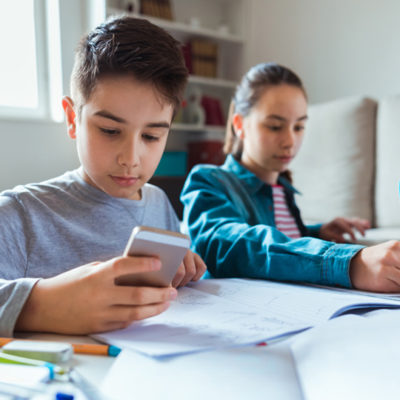This resource is provided by ACSA Partner4Purpose Right At School. It was written by Dr. Dawn Bridges, Vice President of Educational Affairs, Right At School.
A key goal in school is to prepare students for their futures.
What knowledge and skills will they need to succeed in college and careers?
How can we prepare them for a rapidly changing world and jobs that don’t exist yet?
A growing body of research links social-emotional learning (SEL) to success in school and later in life. SEL lays a strong foundation for academic skills and other cognitive abilities that are essential both inside and outside of school.
At the AASA 2022 SEL Summit in September, several district leaders mentioned that some in their communities oppose SEL because they think that school should focus only on academics. Yet, if schools teach only academic skills and completely ignore social, emotional, and cognitive skills, then they are not preparing students with what they will need to join the workforce and navigate the modern world.
Fostering the development of in-demand skills
As technology increasingly takes over jobs, human skills that can’t be replaced by artificial intelligence or machines will matter more and be more highly valued by employers. A variety of sources — ranging from LinkedIn to Forbes to the World Economic Forum — have published lists of the most in-demand skills that workers will need now and into the future. These skills include:
- Problem solving
- Critical thinking
- Creativity
- Communication
- Collaboration / teamwork
- Emotional intelligence
- Persuasion
- Active listening
- Adaptability
- Innovation
- Negotiation
- Cognitive flexibility
- Leadership
- Resilience
- Empathy
All of these skills involve social-emotional and cognitive capabilities. Further, social-emotional and cognitive development doesn’t just prepare students for their futures; it benefits them right now. Research shows that an education that promotes SEL has a positive impact on a wide range of outcomes, including academic performance, classroom behavior, mental wellness, and more.
How extended-day learning can help
Extended learning opportunities can be a key strategy in districts’ plans to support and enhance students’ academic, social, emotional, and cognitive skills in the months and years ahead. A high-quality enrichment program can provide students with hours of positive socialization and learning every week. In fact, children who participate in before and after school programs can spend up to five additional hours in school each day — or up to 1,000 extra hours per year — under the supervision of caring educators.
According to the Afterschool Alliance, after school programs are proven to help kids:
- Get excited about learning
- Make better decisions and learn healthy habits
- Gain workforce skills
Further, after going to these programs:
- 69% of students improve their homework completion and class participation
- 62% of students improve their behavior in class
- 1 in 2 students improve their math and reading grades
To read more visit: https://www.rightatschool.com/blog/sel-creating-future-ready-students/ or reach out to Cindy Lawson at your ACSA CA partner.









Leave a Comment